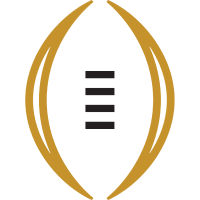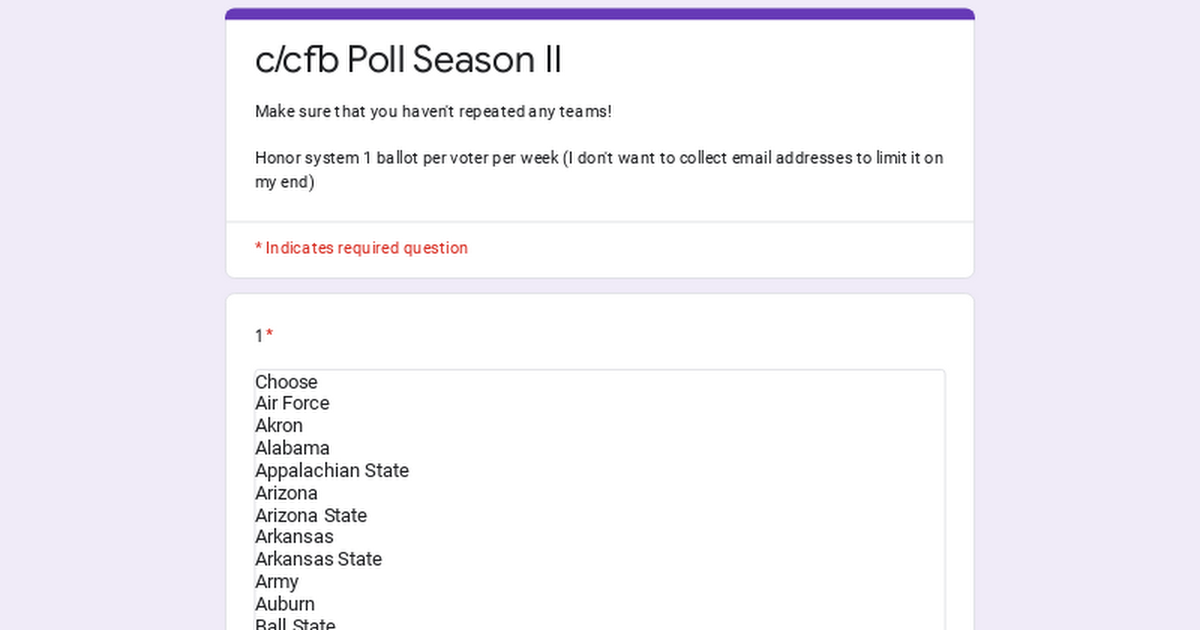- cross-posted to:
- [email protected]
- [email protected]
- [email protected]
- cross-posted to:
- [email protected]
- [email protected]
- [email protected]
This might be the most excited I’ve ever been for our community poll, this will be up through Wednesday and I’ll post results on Thursday



A quick overview of my methodology. I’m sure you can find contradictions, but I do try to stick to this.
At this point in the season, I try to make the ranking 25% how good I think the team actually is, and 75% what the resume says. As we go on, the resume gets more bias.
A few principles that I try to apply.
I like your reasoning and appreciate the explanation, so please don’t interpret this comment as me taking issue with your ballot. I am curious about Missouri at 14 and LSU at 17 though. What on their resumes pushes them up that high, especially considering the bad losses factor? By your logic, it seems like some of the undefeated teams should be ahead of them (especially Indiana given that they have a common opponent with LSU and beat them much more decisively). SMU’s absence feels conspicuous also when you have BYU as high as 8.
No, please poke holes in my poll. I spend time on it, but this is the first real year I have actually put pen to paper.
For LSU and Missouri, the cop out answer is that is the 25% of the ballot I give to supposed team quality. Realistically, it shouldn’t have that big of an effect though. Those are 2 teams that, after looking at their schedule just now, I was surprised how weak all their opponents were . I feel a bit bad, because using my metrics, they should be lower. Maybe 3-5 spots each, some where in that range. The good news is, at least LSU will have a chance to make a point this weekend against Ole Miss. That game will make a much bigger difference than me re-evaluating.
Indiana I still feel fine on. Their schedule hasn’t been impressive. I think the Nebraska game in 2 weeks is the first real challenge they will face. If they perform well, they will see a jump.
SMU was on the short list to get ranked, but with my rule of ranking 5-0 teams, they got cut. Kansas state is the lowest ranked one loss team in my ranking, and I would take them over SMU.